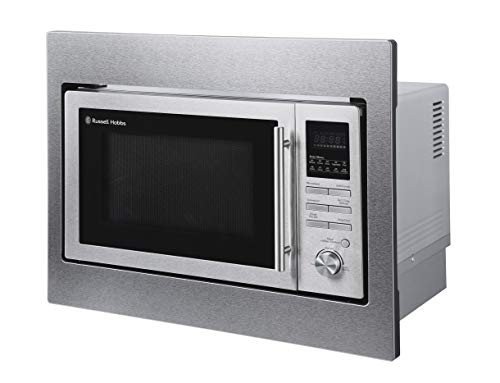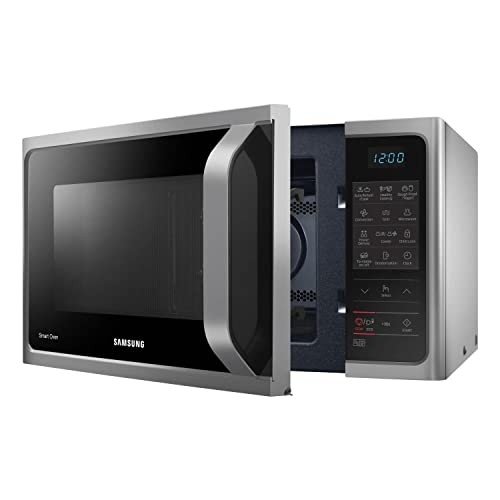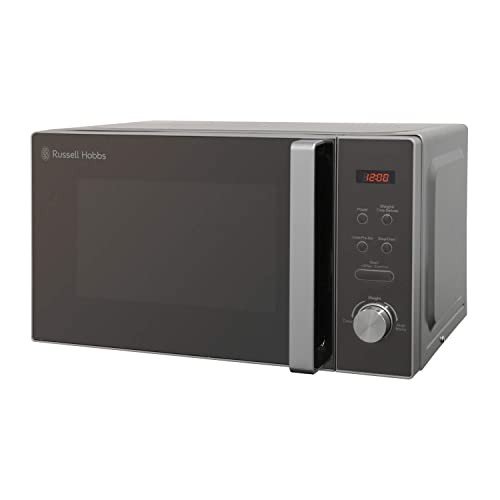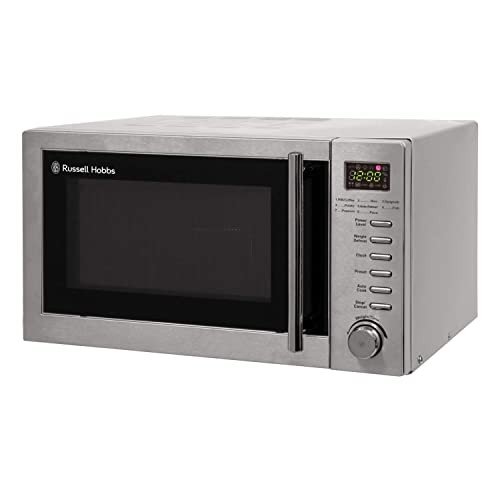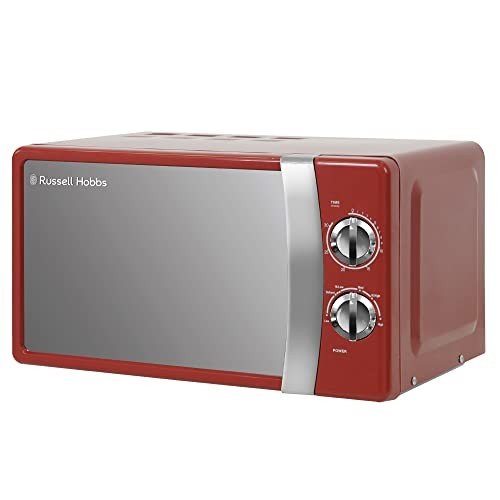Microwave ovens are a kitchen essential that make meal prep a breeze. Whether you’re reheating leftovers, defrosting food, or cooking a quick snack, they save you time and effort. With a variety of sizes and features, there’s a perfect microwave out there that fits your needs and space!
Microwave Ovens
Your perfect solution for quick meals and easy reheating
Product List
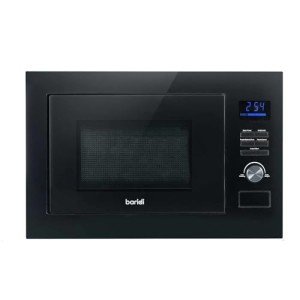
Baridi 25L Black Microwave Oven
Dellonda
Product Review Score
4.61 out of 5 stars
184 reviews$264.62
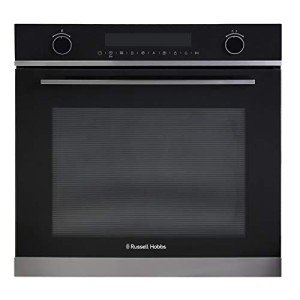
Russell Hobbs Midnight Oven
Russell Hobbs
Product Review Score
4.23 out of 5 stars
154 reviews$534.62
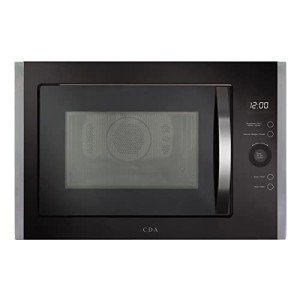
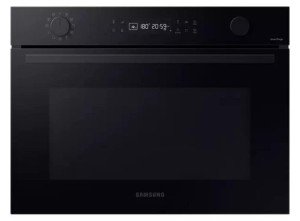
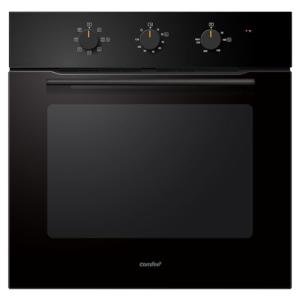
Microwave ovens have become an indispensable appliance in modern kitchens, revolutionizing the way people cook, reheat, and defrost food. From college dorm rooms to professional workplaces and family homes, the microwave offers unparalleled convenience and speed that traditional cooking methods often lack. This blog post explores the history, functionality, types, benefits, limitations, and key considerations when buying a microwave oven. Additionally, it addresses frequently asked questions to provide a complete overview.
A Brief History of Microwave Ovens
The invention of the microwave oven is often credited to Percy Spencer, an engineer working with radar technology during World War II. In 1945, Spencer noticed that the candy bar in his pocket had melted while he was working with a magnetron (a component that emits microwave radiation). This accidental discovery led to the development of the first commercial microwave oven in 1947, which was significantly large and expensive. Over the decades, technological advancements made microwave ovens smaller, more energy-efficient, and affordable, transforming them into household essentials.
How Microwave Ovens Work
A microwave oven uses electromagnetic radiation in the microwave frequency range to heat food. The magnetron generates microwaves, which bounce around inside the oven cavity and are absorbed by water, fats, and sugars in the food. As these molecules absorb the energy, they vibrate rapidly, producing heat and cooking the food evenly and quickly.
Types of Microwave Ovens
Microwave ovens are manufactured in different types depending on their functionality, features, and size. The table below highlights some common categories:
| Type | Description | Ideal For |
|---|---|---|
| Solo Microwave | Basic model for reheating, defrosting, and simple cooking tasks. | Students, small families, or those with minimal needs |
| Grill Microwave | Includes a heating element for grilling and toasting in addition to basic tasks. | Users who love grilled dishes |
| Convection Microwave | Combines microwave technology with a convection fan for baking, roasting, etc. | Families who want versatile cooking options |
| Over-the-Range Microwave | Mounted above the stove, saving counter space; includes ventilation. | Small kitchens with limited counter space |
| Built-in Microwave | Installed into cabinetry for a sleek look; often offers advanced features. | Modern kitchens with integrated appliances |
Benefits of Microwave Ovens
Microwave ovens are popular for many reasons. Below are some key advantages:
- Time-Saving: Rapid cooking makes them ideal for busy lifestyles.
- Energy Efficiency: Microwaves use less energy compared to conventional ovens.
- Even Heating: Advanced models provide uniform cooking with inverter technology.
- Safety: Minimal use of open flame reduces risks compared to stovetop cooking.
- Versatility: Modern versions support grilling, baking, and roasting.
- Convenience: Reheating leftovers and defrosting frozen items becomes effortless.
Limitations of Microwave Ovens
While microwave ovens are highly useful, they come with certain limitations:
- Texture Issues: Foods may not turn crispy without convection or grilling features.
- Capacity Restrictions: Compact sizes limit batch cooking.
- Not Ideal for All Foods: Certain dishes taste better using traditional cooking.
- Durability Concerns: Budget models may wear out faster.
Key Features to Consider When Buying a Microwave Oven
When purchasing a microwave oven, buyers should consider multiple factors to choose the most suitable model.
Key Buying Considerations:
- Capacity: Measured in liters; small families may need 20–30L while larger families may prefer 30–40L.
- Power Rating: Higher wattage (800–1200W) translates to faster and more efficient cooking.
- Control Panels: Options include mechanical dials, tactile buttons, or touch panels.
- Preset Programs: Useful for automatically cooking or reheating common dishes.
- Smart Features: Wi-Fi connectivity, app integration, and voice control in advanced models.
- Safety Features: Child lock, auto shut-off, and cool-touch bodies enhance operational safety.
Comparing Microwave Ovens with Conventional Cooking
| Aspect | Microwave Oven | Conventional Cooking |
|---|---|---|
| Cooking Speed | Faster (minutes) | Slower (can take hours) |
| Energy Efficiency | Consumes less energy | Consumes more, especially oven/stove use |
| Food Texture | Soft and moist, less crispy | Can achieve crispy, browned texture |
| Convenience | Easy operation with minimal supervision | Requires more attention and involvement |
| Versatility | Depends on model; convection units are versatile | Highly versatile with proper cookware |
| Space Requirement | Compact and countertop-friendly | Requires stove and larger appliances |
Maintenance and Safety Tips
To maximize the lifespan and ensure safe operation of microwave ovens, users should follow these maintenance practices:
- Clean Regularly: Wipe spills quickly to prevent stains and odors.
- Use Microwave-Safe Containers: Avoid metals and some plastics.
- Avoid Running Empty: Operating without food may damage the magnetron.
- Check Door Seals: Ensure the door closes tightly to prevent radiation leakage.
- Handle with Care: Do not slam the door or overload the cavity.
Popular Uses of Microwave Ovens
Microwave ovens are used for a wide variety of everyday tasks.
- Reheating leftovers
- Defrosting frozen foods
- Making quick snacks (e.g., popcorn, mug cakes)
- Steaming vegetables
- Preparing instant meals
- Melting chocolate or butter
- Baking small portions in convection models
Frequently Asked Questions (FAQ)
Q1: Can microwave ovens cause health problems due to radiation?
A: No, microwave ovens are designed with shielding to prevent harmful radiation leaks. As long as the door seals are intact, they are safe.
Q2: Are all types of containers safe for microwave use?
A: Not all. Only glass, microwave-safe plastics, and ceramic containers should be used. Avoid metal or foil.
Q3: Can microwaves kill bacteria in food?
A: Yes, but only if the food reaches the required internal temperature. Uneven heating may leave cold spots, so stirring and standing time are recommended.
Q4: Are convection microwaves worth the extra cost?
A: Convection microwaves are more versatile, offering baking and roasting in addition to reheating. They are ideal for users who want an all-in-one solution.
Q5: How long does a typical microwave oven last?
A: On average, a microwave oven lasts 7–10 years, depending on usage, maintenance, and build quality.
Q6: Is it safe to microwave food covered with plastic wrap?
A: Yes, provided the wrap is labeled “microwave-safe.” It is still recommended to leave a vent for steam escape.
Microwave ovens have evolved into multifunctional appliances that make cooking easier, faster, and more convenient. While not a complete replacement for conventional ovens or stoves, their compact size, affordability, and efficiency make them an essential household gadget. Choosing the right type depends on individual needs, from a simple solo microwave for quick reheating to a feature-packed convection oven for versatile cooking. By understanding their functionality, benefits, and limitations, consumers can maximize the value of their microwave ovens and improve their daily culinary experiences.
